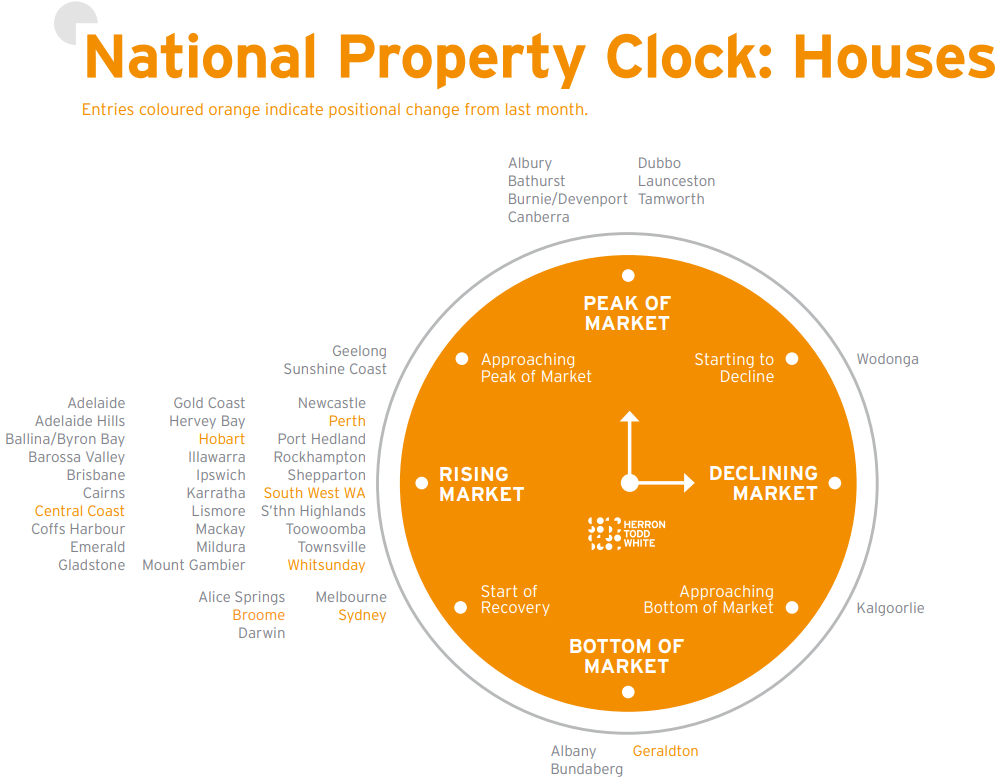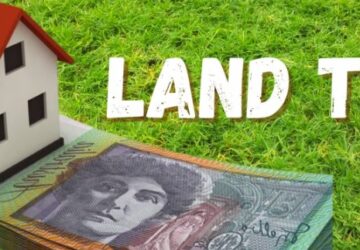2020 was a challenging year for many people. Job losses, sickness, changes to schooling, toilet paper shortages and cancellations of travel and events have left many households in a stage of recuperating, rescheduling, and restarting.
The global pandemic affected everything, and property all over Australia saw new trends emerge to what is now an extremely popular property market. Many people are looking for to grow wealth and stabilise their family income through property. So, is it a good time to buy property in Australia?
Timing the Market
When discussing property investment, you will hear people mentioning the need to “time the market” correctly. While you don’t have to get the market cycle exactly right to be successful in property (in general over the long term, property values increase – even if they drop in the short term), there is benefit to be had by investing in a rising market.
Entering the market in the right location at the right time, is a major kickstart to your property journey. It enables your property to begin building equity straight away, which may even allow you to “double up” and buy a second investment property, using the equity you have built up in the first investment property. Two investment properties are certainly better than one!
The Property Clock
All locations go through a continuous cycle of rising and falling, demonstrated by a “property clock”. Each point on the clock represents a different stage of the property cycle, where 12 o’clock is the peak, and 6 o’clock is the bottom of the market. For investors, to get the best value and best opportunity for capital gain, it is recommended to invest in a rising market – between about 7 and 10 o’clock.
The below property clock is created by Herron Todd White, an Australian valuation firm that creates monthly reports on Australian property trends. This diagram is from their very in-depth February 2021 Report, and shows clearly that almost every property market in Australia is currently in the optimum period for growth!

Property Clock sourced from: https://static.htw.com.au/HTW-month-in-review-February-2021-Residential.pdf
It is important to note that different property types are on different property cycles, and the above figure represents the property clock for houses – but does not include units, apartments, rural or commercial property.
COVID-19 Economic Boosters
The COVID-19 pandemic created an environment where there was uncertainty surrounding house prices. Australia, on the whole, handled the situation better than many countries. Despite the unemployment rate reaching a peak at 7.5% in July 2020, most people have returned to work and built confidence in the stability of the economy, with banks predicting housing prices to increase by up to 16% by the end of 2022.
Economic boosters have assisted in keeping the property market afloat, with first home buyer incentives and grants for building new homes, as well as the JobKeeper program and additional grants and incentives that have assisted the economy and assisted in keeping unemployment levels low.
Rental Demand
There is currently huge demand for rental properties across a number of key locations around Australia. In fact, in some locations the demand for rental properties is higher than the actual number of rental properties available, meaning families are having to live in temporary accommodation while waiting to secure a longer-term rental. It is not uncommon for a quality rental property to receive 50 to 60 applications from prospective tenants.
The number of renters is only going to increase in the coming months due to a number of factors playing into the high demand, making the need for increased long-term housing very clear.
Overseas Australians
Since international flights have slowly started to begin again, over 35,000 expatriate Australians have registered with the Department of Foreign Affairs and Trade wanting to return from overseas. Many of these individuals and families will return looking for a place to live – just like the 450,000 who have already returned – tightening the rental market further across every state and territory.
Internal Migration
The rental market in Queensland is especially tight, due to ‘net internal migration of population’ – i.e. people relocating from one Australian state or territory to another. It has become a common theme for Sydneysiders and Melbournites to head to the ‘Sunshine State’ to enjoy a better lifestyle, enabled by the decentralisation of the workforce from offices and the ability for professionals to work remotely.
International Migration
As international borders begin to open, Australia is looking to become a hotspot for international migrants, thanks to our commendable response to COVID-19, as well as our usual liveability drawcards of beautiful weather, safety, career opportunities and lifestyle.
All of these aspects together create a very positive outlook for property investors, with both rental demand and capital growth set to skyrocket over the next decade and beyond.
Interest Rates
Currently, interest rates set by the Reserve Bank of Australia are at an all-time low, and set to remain low over the next 5 years or so, making it much more affordable to borrow money for a mortgage, and, in some cases, less beneficial to just save – so make your money work for you! Taking advantage of these rates, with a well set up loan structure, will make it all the more viable to own an investment property.
So, Is Now a Good Time to Buy Property?
With the right property in the right location, it’s almost never a bad time to invest. However, if you’re looking to “time the market” right, with huge existing and anticipated pending demand for property over the next decade and beyond, it’s a pretty awesome time to get into the investment property market.




